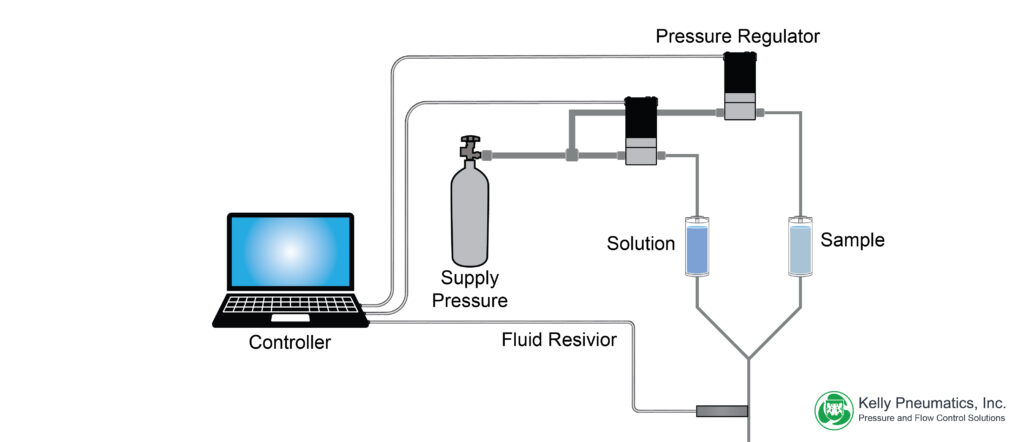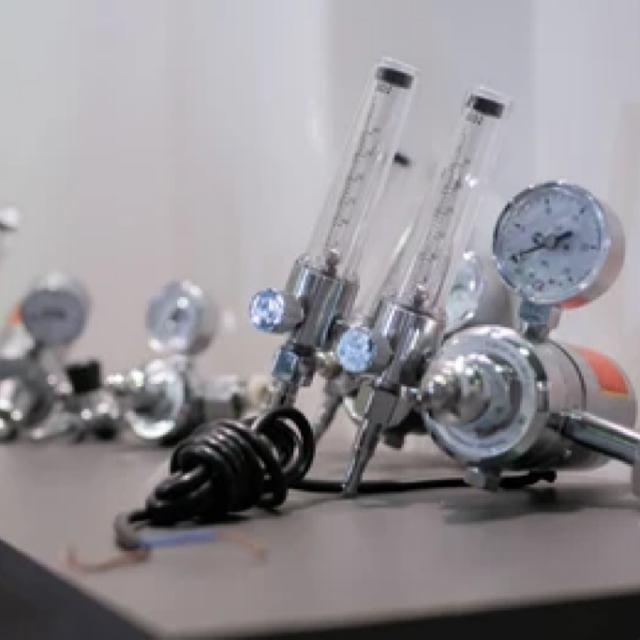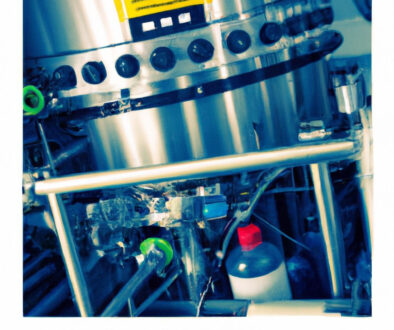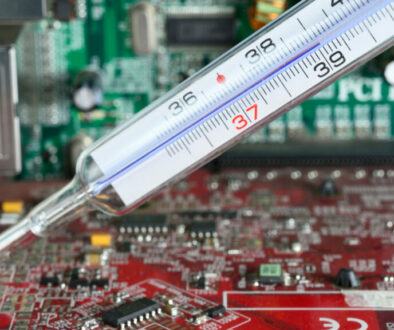Differential Pressure Dispensing Applications
What Is Differential Dispensing?
differential pressure regulation (DPR) is a process in which two electronic pressure regulators (EPRs) are used to dispense a liquid with a high degree of accuracy. One EPR controls the positive pressure of the liquid, while the other EPR controls the negative pressure. This ensures that the liquid is dispensed evenly and with precise control. DPR is often used in medical applications, where it is important to ensure that the correct amount of medication is dispensed.
Pressure regulation is essential in these applications, as it helps to prevent errors and ensure that patients receive the correct dosage. differential dispensing can also be used in other applications, such as printing and packaging, where it is important to ensure that the correct amount of ink or adhesive is dispensed. In these cases, differential pressure regulation can help to improve accuracy and reduce waste.

What components are used in differential dispensing applications?
Differential pressure dispensing technology is used extensively in closed loop systems that require two electronic pressure regulators. This technology can facilitate differential dispensing in many commercial and medical research applications. The components used to successfully manage differential dispensing in pressure regulated systems are the electronic pressure regulator, the pressure compensating valve, and the digital flow meter.
These components work together to ensure that accurate and consistent doses of material are dispensed from a pressurized system. Commercial applications that rely on differential pressure regulation include pharmaceutical manufacturing, beverage production, and food processing. Differential pressure dispensing technology is also used in various laboratory procedures.
The electronic pressure regulator is the key component in a differential pressure system. This device controls the flow of material through the system and ensures that accurate and consistent doses are dispensed. The pressure compensating valve is used to maintain a constant pressure within the system. This valve prevents fluctuations in pressure that can occur during dispensing.
The digital flow meter is used to measure the flow of material through the system. This device provides an accurate measurement of the amount of material that is being dispensed. Differential pressure dispensing technology is a reliable and precise way to dispense materials from pressurized systems. This technology is essential for many commercial and medical applications.
Why is differential pressure regulation so important?
Differential pressure regulation is important in closed loop systems for two main reasons: it allows for very low flow rates, and it ensures accurate and consistent dosing. Low flow rates are necessary in some applications, such as pharmaceutical manufacturing, where it is crucial to avoid contamination. In these situations, using a high flow rate would increase the chances of material splashing or spilling outside of the desired area.
Differential pressure regulation also allows for accurate and consistent dosing of material. This is essential in many medical and research applications where it is necessary to maintain a precise ratio of two materials. Differential pressure dispensing technology is the key to successful closed loop systems that require low flow rates and accurate, consistent dosing.
Differential pressure regulation also allows for accurate and consistent dosing of material. This is essential in many medical and research applications where it is necessary to maintain a precise ratio of two materials.
Low flow rates are necessary in some applications, such as pharmaceutical manufacturing, where it is crucial to avoid contamination. In these situations, using a high flow rate would increase the chances of material splashing or spilling outside of the desired area.
In home air conditioning and heating units, differential dispensing is used to deliver the right amount of flow to each outlet. By using a low flow pressure regulator, it is possible to maintain a low outlet pressure while still providing adequate flow to all outlets. This is important because it allows the system to operate at its most efficient level, saving energy and money. Additionally, by using a pressure compensating valve, it is possible to ensure that each outlet receives the same amount of flow, regardless of the pressure in the system. This is particularly important in systems where there are multiple outlets, as it ensures that each outlet receives the same level of service.
In Summary
The differential pressure dispensing technology we have discussed is the key to success in many closed loop systems. This technology is essential for accurate, consistent dosing of fluids in low flow rate applications. By understanding how the electronic pressure regulator works with other components, you can create a successful system for your needs. Have you tried using differential pressure dispensing technology in your research?
If you are looking for a reliable and accurate way to improve your product, differential pressure dispensing technology may be the answer. Kellypneumatics, Inc is dedicated to providing our customers with the best possible products and service, so please contact us if you have any questions about how we can help you meet your needs.



